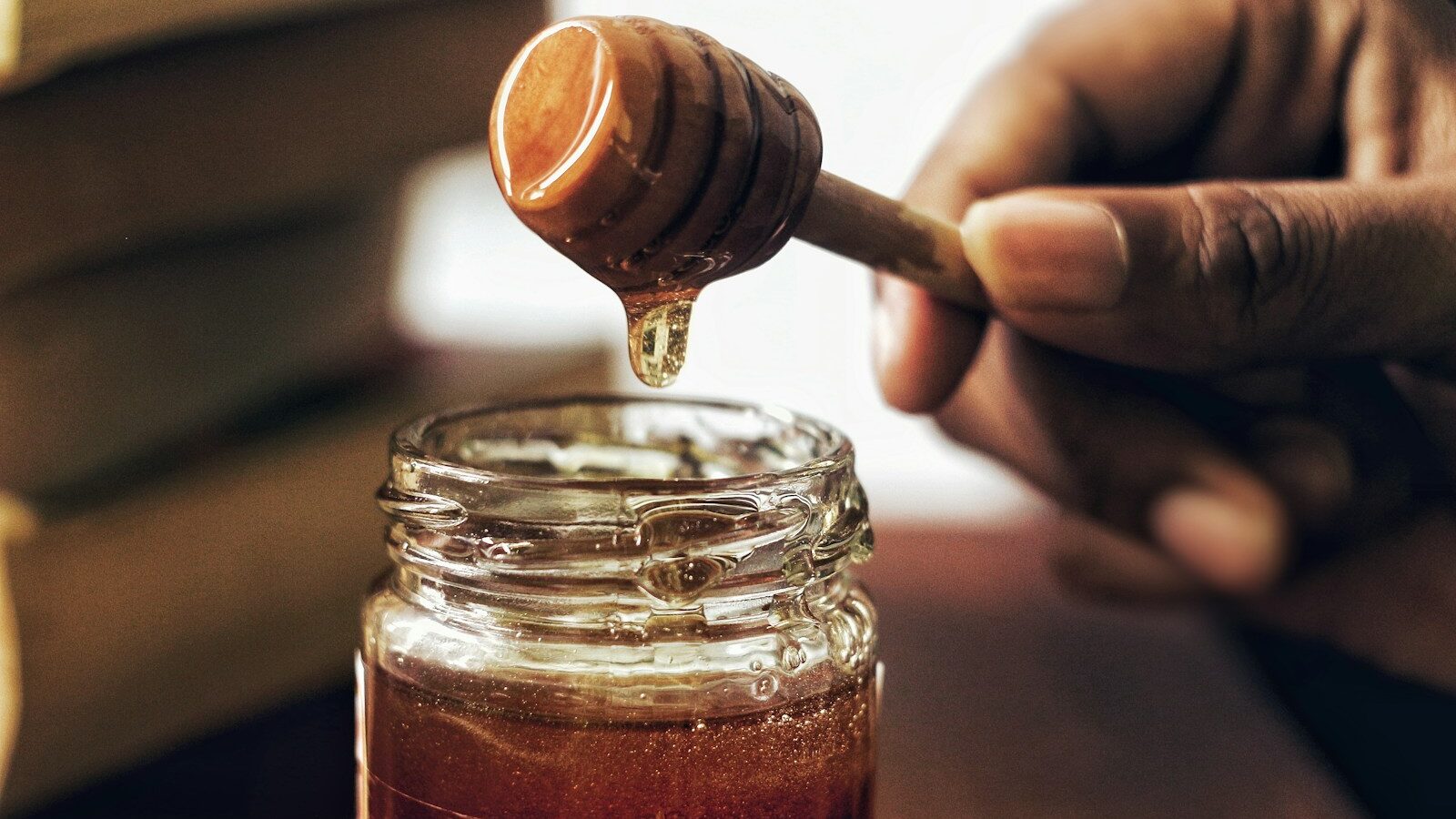Gender equality is about men, just as much as it is about women, argues diversity and inclusion specialist Nadia Nagamootoo.
I speak to a lot of women about my work to create gender equality for men – often because I’m attending a Women’s Network or the audience attracts more women when the subject is about gender equality.
The responses I get can be mixed and it isn’t uncommon for women to express surprise: “But its women that need the support”. Other women are simply frustrated about men getting attention: “Men get to go to work, come home and decide whether to put their feet up or play with the kids!”.
Are men really privileged?
Men are often referred to as the privileged group. And I agree to an extent, when purely looking through a career lens.
Perceptions of what it means to be a leader are still gendered towards masculine traits of assertiveness, dominance and even height, giving men a better chance of being recruited or promoted. And of course the gender pay gap figures reveal the financial benefits of being a man.
But this assumes that driving forward their career is solely what men want. If you look at this through an alternative lens of caring responsibilities, then men are typically the disadvantaged group.
Anxiety and insecurity doesn’t tend to breed a collaborative and supportive environment.
It isn’t expected or considered that a man might want to spend more time outside of work with his family. When men take on more of the care duties, there are more judgements about his commitment to his job and about his masculinity.
Few organisations know how many fathers they have working for them, which says something about the importance placed on fatherhood. And it isn’t necessarily culturally acceptable for men to benefit from part time working, shared parental leave or other family friendly policies. Indeed, many men assume that such policies aren’t applicable to them.
Emerging emotions
The more I speak to diversity and inclusion specialists across different sectors and industries, the more apparent it is that our focus on women, and trying to engage men, is somewhat backfiring.
Not wholly of course, we have an incredible collective of senior men who are advocating gender equality for women. But there is another large group of disconcerted men. They have seen a change in the gender balance in their organisation over the years and aren’t really sure what the right thing to do or say is anymore.
The pendulum appears to have swung and we’re now at risk of excluding the majority group.
They feel threatened by the gender pay gap reporting, which they conclude will mean rectifying the discrepancy through promoting women and disadvantaging themselves. Anxiety and insecurity doesn’t tend to breed a collaborative and supportive environment.
Support for almost everyone
The pendulum appears to have swung and we’re now at risk of excluding the majority group. When I ask organisations what their diversity and inclusion strategy includes, I typically hear that they have initiatives for women and minority groups.
Rarely do they tell me that they have support in place for men – why would they, men are privileged aren’t they? So it’s no wonder then that men are feeling threatened and anxious about their position. This pressure in addition to finding it challenging to strike the balance between work and family is likely a large contributing factor to poor male wellbeing in the UK.







